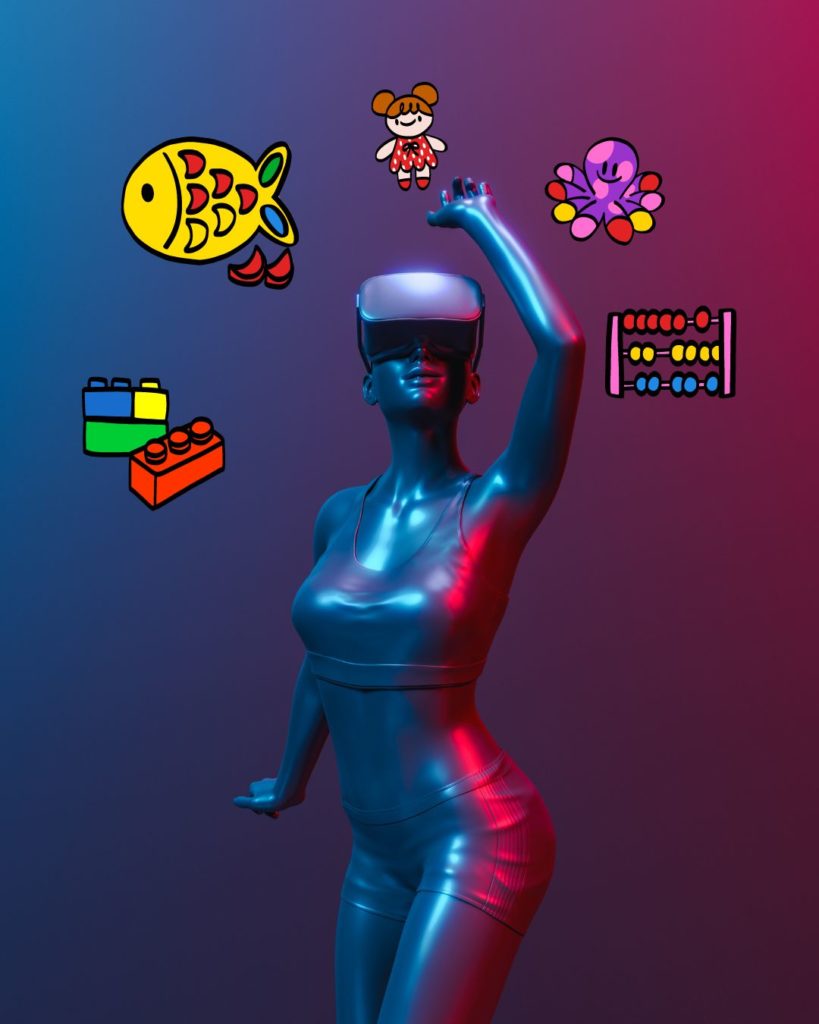We have all learned now that it is possible to work and learn from anywhere in the world. The technology exists to make this possible. You need a solid internet connection and a connected device. This can be a laptop, a phone or tablet, or perhaps a virtual reality headset.
The fact of the matter is: Be it working or learning, anyone can get anything done from anywhere.
People need L&D access
As more people adopt lifelong learning, learning from anywhere becomes a decision-making factor. As much as 87% of millennials prioritize “professional or career growth and development opportunities.” Let’s break down the importance of having access to learning and development (L&D) from anywhere along with the tools needed to make it happen.
Jobs will change (or disappear)
In his book, “The Inevitable,” Kevin Kelly states, “It may be hard to believe, but before the end of this century, 70 percent of today’s occupations will likewise be replaced by automation, including the job you hold.”
In June 2021, Google engineer Blake Lemoine claimed one of the AI programs had become sentient. In other words, the engineer believed the machine understood its own existence and could express independent thoughts and feelings. Google explained it as a misunderstanding but the idea doesn’t seem that far-fetched to some.
eLearn Success Series: Get Your Free Ticket Now
Learning will grow more independent
People are aware of the changes coming as technology and, specifically, AI evolve. The key to combating becoming obsolete is to be in a constant state of preparation for the evolution of work.
While machines are getting faster, we humans continue to learn at the same rate we have for generations. This is why our learning methods must improve and why having access to learning and development from any place and at any time is vital. L&D is now a lifelong process and it must be efficient to keep up.
When formal education is complete, learners of all levels must continue to upskill in order to remain relevant in this environment. According to Indeed, “As technology, the economy, your industry and company evolve, so should your skills. Regularly signing up for courses, seminars and training not only increases your work value but also contributes to your sense of worth, accomplishment and overall career satisfaction.”
Organizational L&D processes will… What will happen to L&D?
Learning and development should be part of an employer’s compensation package. Training gives employees tools for growth within the company. It shows employees the company appreciates them.
Training leads to happier, successful employees and higher employee retention. Both parties benefit from L&D access. A 2021 PWC article listed the following as three benefits of upskilling employees:
- A well-rounded team primed for future success
- Better worker retention in a post-COVID labor market
- A solid means of closing the digital skills gap
Learning is undergoing a revolution. The question is not whether organizations will allow learning to happen, but whether they can optimize L&D process for a reality that demands new technical skills, for sure, but also soft skills and new models of work-learning integration, collaboration and general openness within and between them.
Tools for L&D to succeed for everyone anywhere
There are a few tools you will need to embark on an e-learning journey. When it comes to learning, the first tool is within you: drive. The start of your journey will most likely be independent. You will use your own time to prepare yourself for the workforce or for a possible promotion.
If you are looking to enter the workforce, you will need initial training to find your way into an entry-level position. If you’re already in the right industry, upskilling will keep you ahead of others and prepare you for possible promotions. And if you are looking for a change, you’ll need to reskill. In any case, your drive will determine how far you can grow.
Internet access
The key to working and learning from anywhere is having access to the web. This is how you will communicate with colleagues, complete projects, and access applications. You may move around a bit but you will likely have a home base. This is where you need the fastest possible internet connection. Consider fiber connection access programs and rebates, if these are available in your area and within your budget to cut drops or freezes. A satellite internet market is sure taking its time!
Digital nomads, remote workers with no real home base who move around a lot, may benefit from extra precautions. They must be sure to only work from places with solid internet connections. However, it is expected that cybersecurity concerns skyrocket, therefore so should training on best practices and defensive tools.
Devices
Laptops
The typical primary online learning device is a laptop. Are desktop PCs still in the equation? You get a dedicated physical keyboard and a screen large enough for most tasks. A laptop is great to attend live sessions and watch recorded videos. Be sure to get a good enough camera and mic for meetings and live classes. Often those built in the laptop are good enough.
Phone or tablet
Younger learners prefer to use their phones and tablets for online learning. In the U.S., 93% of millennials own a smartphone. Younger generations will only push the percentage higher. Schools today provide students with electronic tablets to use for homework and class activities.
Phones are excellent tools for an area known as mobile learning. Learners can access presentations broken into snackable chapters. Think of short YouTube videos or Ted Talks in curated playlists. Established online learning providers now break up lessons into short sections.
Of course, the icing on the L&D cake is the ability to provide seamless transitions between devices, even to and from the physical learning lab as well!
VR headsets (hear me out)
The next level of the internet is about immersion. Rather than using a keyboard and mouse to “go online,” you’ll jump into the internet. Inside, you’ll interact with other users as well as with artificial intelligence.
In this version of the web, currently known as Web 3.0, the virtual reality headset is the gateway. This future is some time away but a few industries are already diving in. Chief among them is gaming with education and training a close second. But as the eLearning community we face a challenge: To promote the values of an open, interconnected ecosystem that gives power to the user and decentralizes experiences—an unstoppable learning trend.
Learning ‘beyond’ anywhere: L&D meets VR
One main reason why education is adopting VR is because of the sense of “presence” it offers. The ability to work or learn from anywhere with the social benefits of gathering in person, are about to launch us into a new paradigm of never before seen control over the environments, albeit virtual, we inhabit.
Which leads to another benefit for learners that can only occur in VR: The possibility of not just learning from anywhere, but to transport learners anywhere. A lesson, which may be taken by learners from all over the world simultaneously, can also take place in a setting that would make the training directly relevant, or the lesson groundbreakingly experiential. Every class gets a new dimension when you can teach oceanography from the deep ocean and astronomy from deep space.
VR also enables students to be active learners, both literally and figuratively. VR training is about learning from experience rather than memorization. Service workers can interact with customers, machine operators can learn machinery processes, and pilots can fly aircraft without concern of real accidents. All while having their bodies in constant motion, if not breaking up a sweat!
To sum up
The ability to work and learn from anywhere has gone from a perk to a necessity. Organizational L&D teams and processes beware. As automation changes industries and people adopt lifelong learning, finding and keeping a career becomes a bigger challenge. Employees are making their way to companies who provide L&D access so they can stay on a path of growth, if not radical innovation outright.
About the author
Written by JC Gonzalez of Edstutia, an online, modular learning platform positioned at the intersection of business and technology. Using VR, multi-learner teams work with subject matter experts and engage with life-like simulations and social scenarios where they can explore new realities, collaboratively tackle problems, and interact with one another with a true feeling of presence.









